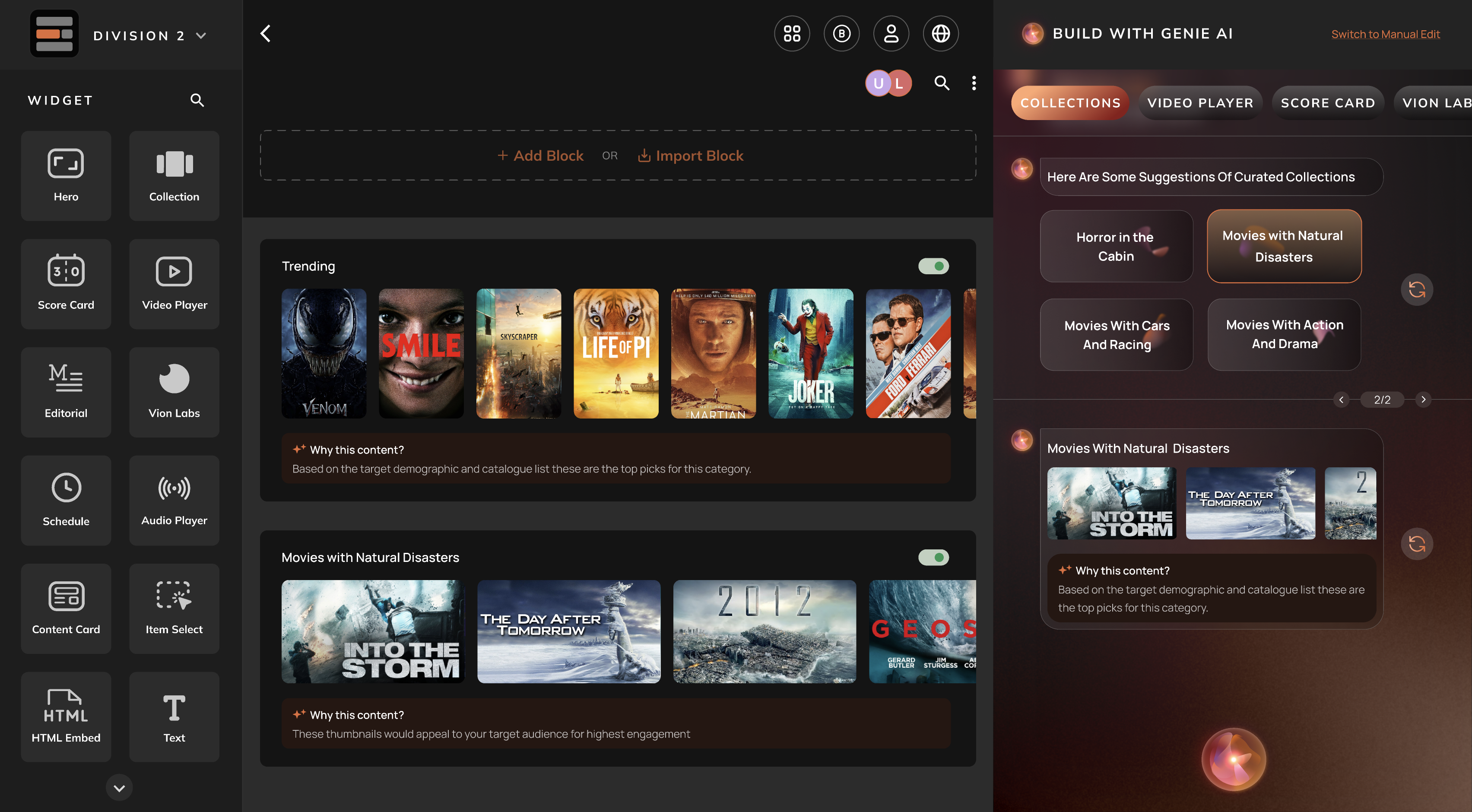
Canadian video-tech company Quickplay has partnered with Google Cloud to introduce a new generative artificial intelligence tool for streamlining content search.
Unveiled Wednesday at the Google Cloud Next 2024 show in Las Vegas, the so-called Curator Assistant is designed to streamline content search for programmers, creating a “storefront” of rails that contain titles targeted to engage consumer interest.
“OTT providers’ programming teams are the unsung heroes of content search,” Quickplay co-founder Paul Pastor said. “Curator Assistant gives them increased power to put the greatest assortment of relevant titles front and center before viewers. Programmers will no longer be limited by their own or licensed metadata — they can literally leverage the entire internet, with conversational search, to program their service and drive more discovery opportunities that are personalized to the user or cohort.”
Quickplay said Curator Assistant’s modular, cloud-based architecture allows programmers to conversationally engage with the new AI tool in order to create topical, seasonal or passion content verticals that align with viewers’ personal interests.
In addition to creating content carousels based on individual consumption patterns, Curator Assistant will also augment existing metadata with additional tags, determine breakpoints in titles to identify binge markers and ad-breaks, and ease the process of catalog browsing through its natural language interface.
It’s the second time this year Quickplay has introduced an AI tool to drive engagement. Last fall at IBC 2023, the company unveiled Media Companion, a voice-based AI tool that also helps viewers find content that aligns with their desires.
“Our partnership with Quickplay emphasizes not only cutting-edge technology through Generative AI use cases but also thought leadership and expertise in optimizing the viewer experience,” Anil Saboo, director of industry independent software vendor partnerships at Google Cloud, said. “Together, Google Cloud and Quickplay are setting new standards for the future of OTT, pushing boundaries and shaping the landscape of content delivery.”







